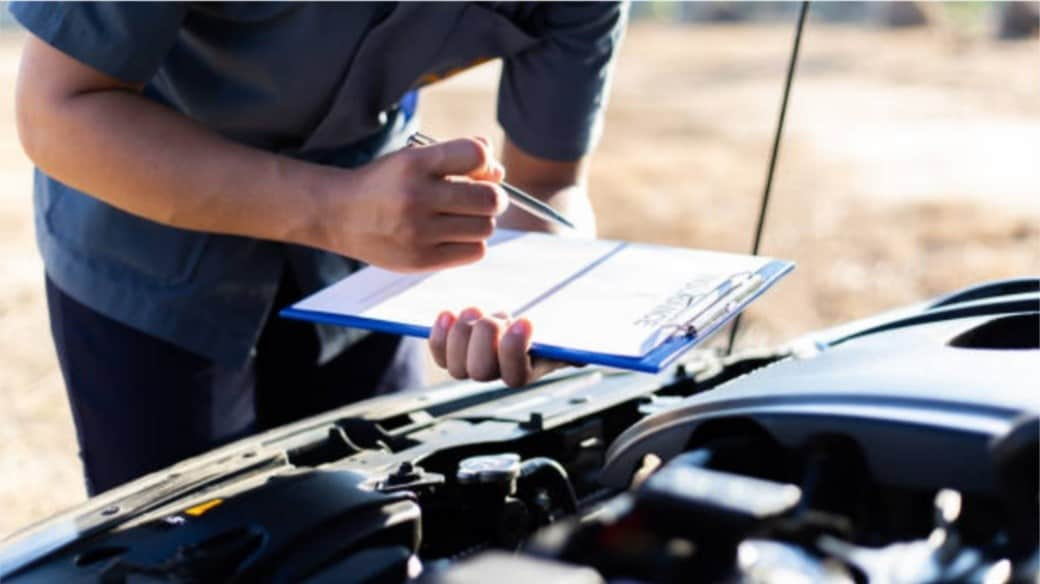All Categories
Featured

Couple of things are extra worrying for a driver than the unexpected lighting of the check engine light (CEL) on the control panel. While it may trigger prompt problem, comprehending what this light represents can empower you to manage the situation properly. Let's check out the possible factors behind the CEL and the steps to fix it.
What Does the Check Engine Light Mean? The CEL becomes part of your vehicle's onboard diagnostics (OBD) system. It checks a range of systems within the car, consisting of exhausts, fuel effectiveness, and overall engine efficiency. When the system identifies a mistake or irregularity, it activates the CEL to signal the chauffeur.
Solid Light: Indicates a non-critical concern, such as a small sensing unit malfunction. Nonetheless, it still calls for attention to prevent lasting damages. Blinking Light: Signals an extreme concern, like an engine misfire, that requires instant attention to avoid substantial damages. Common Reasons for the Check Engine Light. Here are some of the most constant reasons for a CEL, varying from easy to complicated:
Loose Gas Cap:

A loosened or broken gas cap can interrupt the gas system, activating the light. This is among the easiest problems to repair-- just change the cap or tighten up. Oxygen Sensor Failure:
The oxygen sensor measures the air-to-fuel ratio for optimal burning. A damaged sensing unit can lead to minimized gas performance and higher discharges. Ignition System or Ignition Coil Issues:
These parts are important for the combustion procedure. Worn-out trigger plugs or malfunctioning coils can create misfires and harsh engine efficiency. Catalytic Converter Troubles:
This element lowers damaging discharges from your lorry. Failing to resolve other engine troubles can cause catalytic converter damages. Mass Air Movement (MAF) Sensing Unit Failing:
The MAF sensor makes sure the correct amount of air blends with fuel. An unclean or falling short MAF sensing unit can decrease power and gas effectiveness. When the CEL Comes On, steps to Take. Do Not Panic:
Take a moment to observe your automobile's performance. Is it driving usually, or exist signs like lowered power or strange noises? Examine the Gas Cap:
Tighten up or reseat it if required. This simple repair deals with lots of CEL instances. Use an OBD-II Scanner:
Connecting in a scanner supplies certain trouble codes that recognize the problem. Lots of vehicle parts stores supply this service for complimentary. Go to an Auto Mechanic if Essential:
If the CEL stays on or flashes, have a specialist evaluate your cars and truck. Postponing fixings can lead to a lot more expensive repairs. Preventative Actions to Avoid CEL Issues. Regular Maintenance:. Adhere to the manufacturer's routine for oil changes, ignition system substitutes, and air filter cleaning. Examine Secret Components:. Regularly examine your gas cap, belts, and tubes for wear or damages. Use Top Quality Gas and Oil:. Costs items can protect against residue build-up that may affect sensing units and engine elements. Why You Need To Deal With the CEL Immediately. While it's appealing to overlook a solid CEL, laziness can result in serious consequences. What begins as a small problem-- like a loosened gas cap-- can advance right into expensive fixings. Addressing the light early guarantees your car stays reliable and secure.
Verdict. The check engine light is not a cause for prompt panic, but it ought to never ever be disregarded. Recognizing its objective and potential triggers furnishes you to make educated decisions, whether it's a quick gas cap adjustment or a trip to your technician. With proper maintenance and prompt action, you can keep your vehicle running efficiently and avoid unnecessary repair services.
Latest Posts
Full Circle Strategic Marketing - Partner with Our Proven Strategies for Lasting Success
Published Apr 20, 25
2 min read
Choosing the Right Bank Account for Your Demands
Published Apr 20, 25
1 min read
Safeguard Your Home with Gutter Solutions for Illinois Climate
Published Apr 20, 25
1 min read
More
Latest Posts
Full Circle Strategic Marketing - Partner with Our Proven Strategies for Lasting Success
Published Apr 20, 25
2 min read
Choosing the Right Bank Account for Your Demands
Published Apr 20, 25
1 min read
Safeguard Your Home with Gutter Solutions for Illinois Climate
Published Apr 20, 25
1 min read